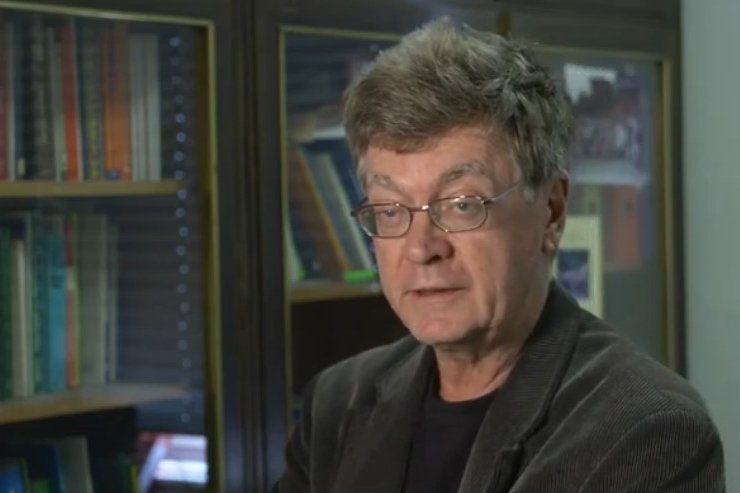Ao.Univ.-Prof. Mag. Dr. Siegfried Knasmüller
Gruppenleiter
T: +43 (0)1 40160-57603
siegfried.knasmueller@meduniwien.ac.at
Forschungsschwerpunkt
Die Arbeiten der Gruppe von Prof. Siegfried Knasmüller umfassen das Gebiet der genetischen Toxikologie. Die Themen sind breit gefächert und umfassen die Kontamination von Umweltkompartimenten (Luft, Wasser, Böden) mit genotoxischen Karzinogenen, den Nachweis von Ernährungsfaktoren, die vor Krebs und DNA-Schäden schützen, sowie Studien zu beruflichen Expositionen, die DNA-Instabilität und Krebs verursachen.
Neuere Aktivitäten betreffen die Auswirkungen von Fettleibigkeit auf die DNA-Stabilität und die Untersuchung nachteiliger (DNA-schädigender) Eigenschaften weit verbreiteter synthetischer Drogen (Cannabinoide, Cathinone). Ein neues Projekt betrifft die Suche nach stoffwechselfähigen Zelllinien für Mutagenitätstests.
In der Knasmüller-Gruppe etablierte Methoden:
- Bakterielle Mutagenitätstests;
- zytogenetische Tests mit Pflanzen;
- Comet-Assays in vitro und mit Nagetieren und Menschen;
- Human-Biomonitoring-Protokolle wie der Mikronukleus (MN)-Assay mit Lymphozyten und abgeblätterten Zellen und Chromosomenaberrations-Assays;
- Untersuchungen zu präneoplastischen Läsionen in verschiedenen Organen, z.B. Aberrante Kryptenherde (ACF) im Dickdarm.
Ausgewählte Publikationen
Recommendations and quality criteria for micronucleus studies with humans
Nersesyan A, Kundi M, Fenech M, Stopper H, da Silva J, Bolognesi C, Mišík M, Knasmueller S.
Mutat Res Rev Mutat Res. 2022 Jan-Jun;789:108410. doi: 10.1016/j.mrrev.2021.108410.
Induction of DNA damage as a consequence of occupational exposure to crystalline silica: A review and meta-analysis
Wultsch G, Setayesh T, Kundi M, Kment M, Nersesyan A, Fenech M, Knasmüller S.
Mutat Res Rev Mutat Res. 2021 Jan-Jun;787:108349. doi: 10.1016/j.mrrev.2020.108349
Genotoxic activities of wastewater after ozonation and activated carbon filtration: Different effects in liver-derived cells and bacterial indicators
Misik M, Ferk F, Schaar H, Yamada M, Jaeger W, Knasmüller S, Kreuzinger N.
Water research 2020 Aug 21;186:116328. doi: 10.1016/j.watres.2020.116328
Environmental risk assessment of widely used anticancer drugs (5-fluorouracil, cisplatin, etoposide, imatinib mesylate)
Misik M, Filipic M, Nersesyan A, Kundi M, Isidori M, Knasmüller S.
Water research 2019 Nov 1;164:114953. doi: 10.1016/j.watres.2019.114953.
Alle Publikationen
Vorstellung Bettina Grasl-Kraupp, Siegfried Knasmüller

Nach der Aktivierung werden Daten an YouTube übermittelt. Weitere Infos hier: Datenschutzerklärung

